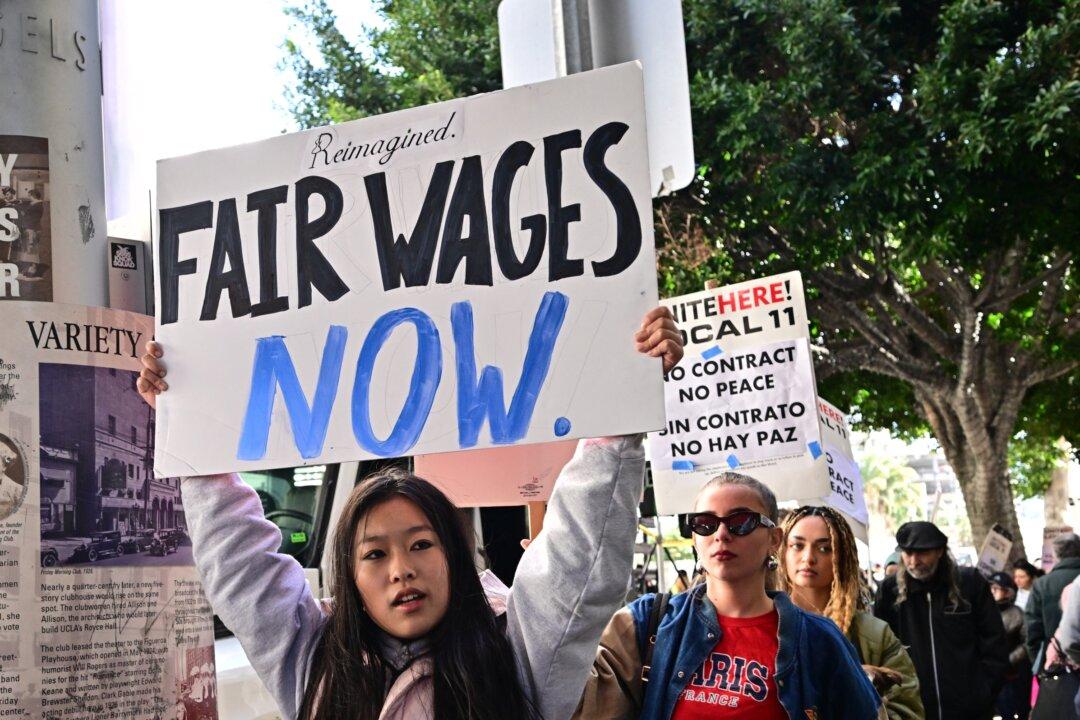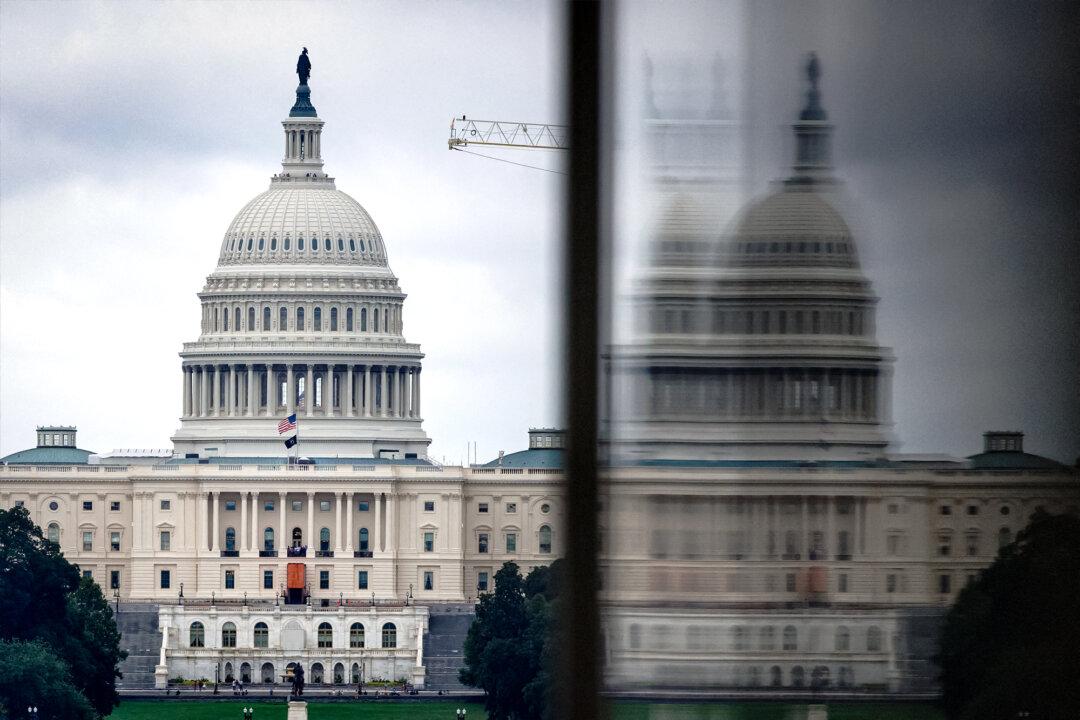In these four years of economic confusion and mixed signals, one seeming bright spot has forestalled the calling of recession. The jobs market has appeared somewhat strong, at least on paper. To be sure, much of the apparent strength has come from bounceback hires following devastating lockdowns that closed businesses all over the country and world. The hope has been in recovery.
As we approach the fall of 2024, on Labor Day, some grim news is becoming more widely understood. First, labor participation has never fully recovered from lockdowns. It is below 2019 levels. Second, worker/population ratios are still below 2019 levels. That too has struggled to recover. Third, after having fully recovered, the trendline in new job opportunities is falling dramatically at the very time when it needs to be going up.
Keep in mind that the data on openings includes full-time and part-time work. Both categories are drying up, which makes life exceedingly difficult for new hires in the marketplace and people transitioning from one job to another in a weakening labor market in all classes, but particularly in hospitality and business/professional services. The revised numbers on hiring over the last two years have added to the pessimism.

The number of young people in the labor markets has fallen dramatically, from nearly 60 percent in 1976 to 36 percent today, and falling again after having shown some strength following lockdowns.

Meanwhile, all categories of unemployment are rising, not just the baseline but the broader numbers too. The U-6 numbers come in at 7.8 percent.

There are a number of major factors that have harmed job creation in the United States.
Regulations and mandates have made labor far more expensive than the wage and salaries suggest on paper. Just onboarding new employees is an arduous task and getting more so with each year. With the risk of lawsuits so high and potentially devastating for small businesses, every institution faced with bottom-line pressure is behaving in a risk-averse way.
Inflation has also been calamitous, diverting resources from labor over to covering costs in materials, utilities, insurance, health care, and taxes. This has harmed job creation and reduced real wages. We’ll know more next month but the existing data on real wages per worker cannot be trusted because inflation adjustments are wildly underreported, possibly by half. Wage increases have simply not kept up with inflation.
This month—unless the report is delayed—the Census Bureau will come out with its annual survey on real median household income. It is guaranteed to show a fourth-year period of precipitous decline. This is despite using conventional inflation data. It could be down as much as 5 percent.
Adjusting that data for reality—which suggests that we have had twice the level of inflation reported by the Consumer Price Index (CPI)—and you end up with a genuine disaster. It is quite possible that households have lost as much as 10 percent or more. And this is despite the mass conversion of full-time jobs to part-time jobs, and a record in the number of multiple jobs-holders.
If you consider this over four years, households might have lost fully half their purchasing power.
Let me ask you because you are the only one who can answer: how has your household income fared, minus financial market returns which are mostly locked away in retirement accounts? Does a possible loss of 40 percent of purchasing power seem unlikely to you? I didn’t think so.
So much has changed about the labor market in our times, such that older people without new experiences would be shocked. Young people out of college send out hundreds and even thousands of resumes but are lucky to hear back from a single employer.
Many job postings are in fact complete fakes, designed to impress stockholders and investors and otherwise intimidate existing employees. The digital jobs marketplace has done few favors to job seekers at all, and achieved little to nothing in getting rid of the old who-you-know system.
The imposition of diversity, equity, and inclusion (DEI) standards in the workplace has been brutal on white males—the supposed powerful people—who now believe themselves to be aggrieved, and on minority workers too, who are hired with trepidation and fear and then face colleagues who doubt their skills and the authenticity of their credentials. The diminution of merit as the agreed-upon standard of hiring has done no one any favors.
And these days, with finances hit so hard from inflation, employers are far less willing to take risks.
All of which reminds me of a small biography written by the great economist Henry Hazlitt, who entered the workplace in the 1910s before minimum wages and bureaucracy. He tells of marching into various possible places and essentially volunteering and getting as much work experience as possible before being fired for incompetence. He went from job to job, picking up some skills at each stop until he actually became genuinely valuable.
He learned how to work, how to know his duties, how to gain skills, and how to provide value. The lessons of his youth changed the world.
Such an approach would be unthinkable today because the entire market has become so gummed up with bureaucracy, mandates, restrictions, taxes, HR, and litigation fears.
Contrary to myths usually propagated on Labor Day, the labor unions from the 1930s onward have done no favors to the American worker. They have cartelized the labor pool, excluding marginal workers, kept wages far above market rates, and pushed for every kind of control from “child labor laws”—which are really just blocks to teenage work opportunities—and minimum wages which do nothing but shut the workforce to people who need first jobs.
Labor unions had a valuable role in many cases in the late 19th century for a variety of reasons, but once they obtained government favors, they largely harmed the cause of workers. Indeed they bear some of the blame for the lack of competitiveness in the United States from foreign competition and opened up American industry to being eaten alive by Japan, China, and many other nations.
The really big problem with unions is not in the private sector, however, but the public sector. It is not widely understood that it is the public-sector unions that are preventing reform of the administrative state. They lobbied for and received vast privileges to resist every attempt by the people’s representatives to control them, leading to a deep entrenchment of a permanent civil service to receive very high pay at public expense. They now represent a huge barrier to real reform.
And we need not recount the role that teachers’ unions played in keeping schools closed for two years with devastating consequences for an entire generation of students.
It is highly likely that following the election in November, economic statisticians will start hinting at the truth of the current recession, and it will likely be backdated. With labor markets cracking, atop slow and sketchy real growth in output, this will likely become unavoidable.
On this Labor Day, workers have very little to celebrate, for now.







